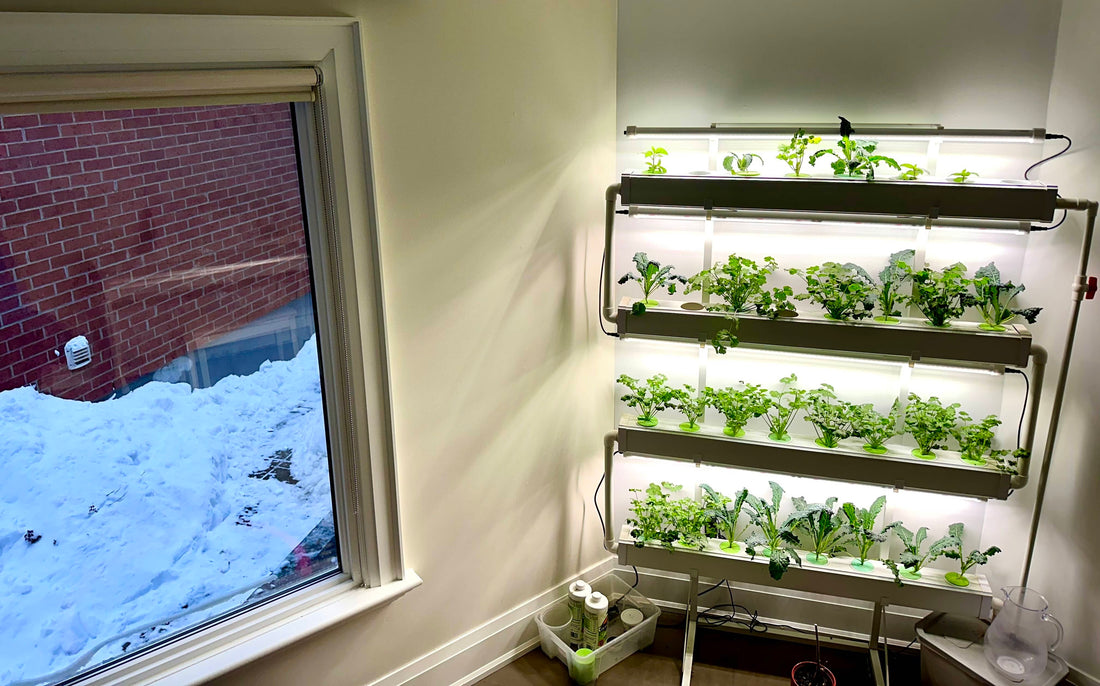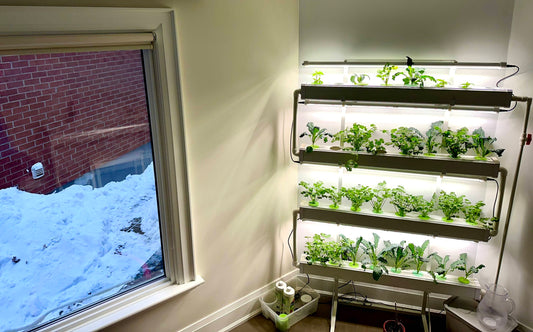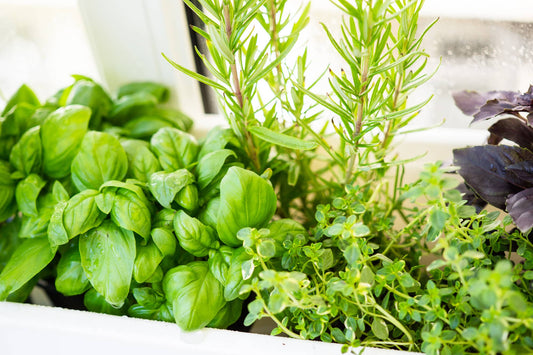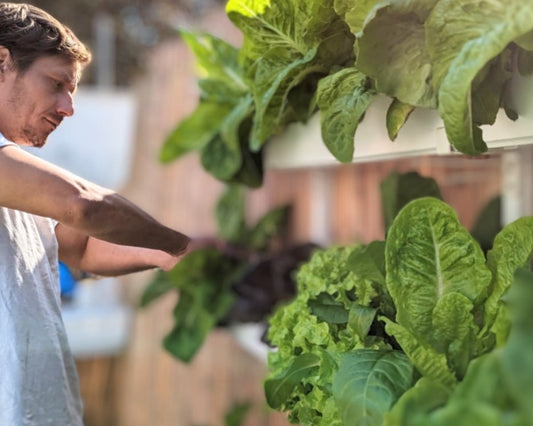In the world of hydroponic gardening, where water and nutrients embrace roots directly, there's a silent symphony played by an unseen conductor: light. The growth of your leafy charges, and their photosynthetic dance, hinges on this crucial element. Yet, for many budding hydroponic enthusiasts, understanding the nuances of light can feel like deciphering an ancient scroll. This guide aims to shed light (pun intended) on this subject, transforming confusion into clarity and ambition into achievement. So, let's embark on this luminous journey together, exploring the role of light in hydroponic gardening and how you can harness its power for your indoor garden.
1. The Essence of Light in Plant Growth
Plants thrive on light, converting it into energy through photosynthesis. But not all light is equal in the eyes of your green friends. Enter Daily Light Integral (DLI), a measure of the total amount of light plants receive in a day. Think of DLI as the dietary requirement of plants - too little, and they starve; too much, and they're overwhelmed. For herbs and leafy greens, a DLI of 12-18 mol/m²/day hits the sweet spot. Fruits and vegetables, being the energy enthusiasts they are, prefer a heartier dose, around 20-30 mol/m²/day.
2. Sunlight: The Ideal, Yet Elusive, Light Source
The sun, with its broad spectrum, is the gold standard for plant growth. Herbs and leafy greens bask happily in 4-6 hours of direct sunlight, while fruits and vegetables crave 6-8 hours to flourish. But what if the sun, with its generous rays, doesn't grace your garden's location adequately?
3. When Sunlight is Scarce
Fear not, for technology offers a solution: grow lights. These artificial suns are not mere replacements but empower you to control and optimize the light environment, ensuring your plants receive their precise needs, regardless of natural light availability.
4. Deciphering Grow Light Jargon
Before venturing into the world of grow lights, familiarize yourself with the lingo:
- PAR (Photosynthetically Active Radiation): The light spectrum that plants use for photosynthesis.
- PPF (Photosynthetic Photon Flux): The total amount of PAR produced by a light source per second.
- PPFD (Photosynthetic Photon Flux Density): The amount of PAR that actually reaches your plants, measured over a square meter per second.
- PPE (Photosynthetic Photon Efficacy): How efficiently a light source converts electrical energy into PAR photons.
- CRI (Color Rendering Index): A measure of how natural the light appears.
5. Beyond Watts and Lumens
Watts measures energy consumption, not the light output beneficial to plants, and lumens gauge brightness for the human eye, not plant growth. Focusing on PAR, PPFD, and PPE gives you the real picture of a light's effectiveness for your garden.
6. Tailoring Light to Your Garden's Needs
Different plants crave different light recipes. Herbs and leafy greens thrive under lights that mimic the cool, morning light, with higher blue spectrum ratios. Fruits and vegetables, on the other hand, demand more intense light, akin to the midday sun, with a balanced blue and red spectrum to support both vegetative growth and fruiting.
7. Choosing Your Grow Light
From LEDs to fluorescents and HIDs, the market is aglow with options. LEDs, with their efficiency and longevity, are a favorite among hydroponic gardeners. The choice depends on your garden's size, the plants you're growing, and your budget.
This table simplifies grow lighting, detailing optimal conditions for herbs, leafy greens, fruits, and vegetables. It aids in choosing the right grow lamp by clarifying essential light metrics, ensuring your hydroponic plants flourish.
| Plant Group | DLI (mol/m²/day) | Direct Sunlight (hrs) | PAR (μmol/m²/s) | PPF (μmol/s) | PPFD (μmol/m²/s) | Hint |
|---|---|---|---|---|---|---|
| Herbs & Leafy Greens | 12-18 | 4-6 | 200-400 | 100-200 | 150-250 | Prefer cooler, blue spectrum light. Ideal for vegetative growth and development. |
| Fruits & Vegetables | 20-30 | 6-8 | 400-700 | 200-400 | 250-400 | Require more intense light with a balanced blue and red spectrum to support fruiting stages. |
8. Light Scheduling for Optimal Growth
Just as in nature, your hydroponic garden benefits from a day-night cycle. Herbs and leafy greens perform best with 14-16 hours of light, while fruits and vegetables may require 12-16 hours, depending on their stage of growth.
In this illuminating journey, we've navigated the spectrum of grow lights, decoding the science to help you cultivate a thriving hydroponic garden. With this knowledge, you're now equipped to transform your space into a beacon of growth, where every plant flourishes under the perfect light.




